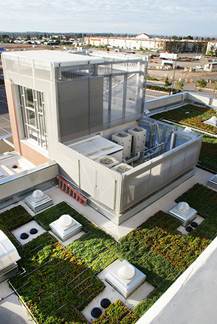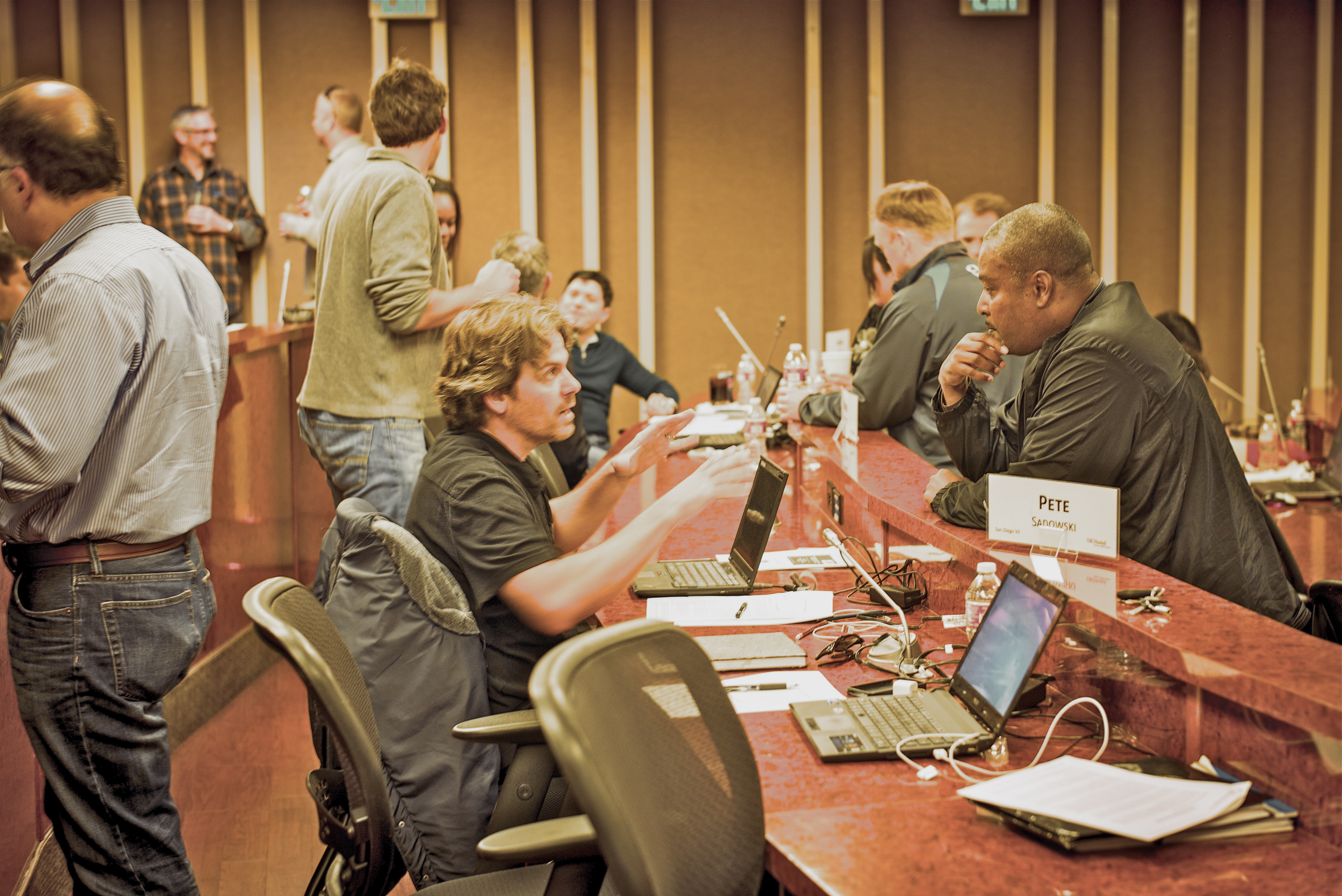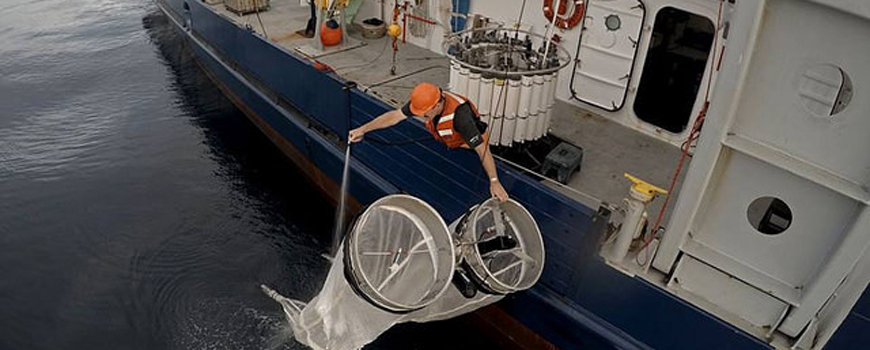Daily Business Report-Oct. 30, 2015
Andy Green has spent his entire five-season professional coaching career in the Diamondbacks’ organization.
Padres Select Kentucky Native
Andy Green as New Manager
The San Diego Padres announced Thursday that Andy Green, who was third base coach for the Arizona Diamondbacks, has been hired as the club’s manager.
“Andy has the combination of intelligence and feel for the game that we are looking for to lead this team,” said A.J. Preller, executive vice president and general manager of the Padres. “As a player, he displayed a strong work ethic and even stronger passion, earning everything he achieved. That passion has carried over into his managerial and Major League coaching career. We are excited to welcome him to the Padres family and look forward to the success he will help bring to San Diego.”
“I’m thrilled to be sitting in this seat right now,” Green said as he sat next to Peller when he was introduced to the media. “To have the opportunity to manage the San Diego Padres going forward, to work with our staff to lead this organization to a place we all want to get — a team to be celebrated at the end of the year. That’s where my heartbeat is, that’s where my passion is, and I couldn’t be more proud to be sitting in this seat right now.”
Green, 38, spent last season as the third base coach for the Diamondbacks, a capacity in which he worked closely with the club’s infielders. The Lexington, Ky., native has spent his entire five-season professional coaching career in the Diamondbacks’ organization, having served as manager for the club’s Rookie-Level Arizona League affiliate in 2011, manager of the Advanced Rookie-Level Missoula Osprey of the Pioneer League in 2012 and manager of Double-A Mobile BayBears from 2013-14.
Green enjoyed an 11-year professional playing career in the Diamondbacks (2000-06), Cincinnati Reds (2008) and New York Mets (2008-10) organizations, including parts of four Major League seasons with the D-Backs (2004-06) and Mets (2009). Originally selected by Arizona in the 24th round of the 2000 First-Year Player Draft, he appeared in 140 Major League games (136 with the D-Backs) and hit .200 with two home runs and 12 RBI.
Green graduated with a finance degree from the University of Kentucky. Green and his wife, Jessica, reside in Scottsdale, Ariz. with their three daughters, Anna, Emily and Lainey.
_______________________________________________

Port Gets $10 Million to Modernize
10th Avenue Marine Terminal
City News Service
The U.S. Department of Transportation Thursday announced a $10 million award to help pay for modernization of San Diego’s 10th Avenue Marine Terminal.
The grant was one of 39 awarded for projects in 34 states in the DOT’s Transportation Investment Generating Economic Recovery program — known as TIGER. The total value of the grants was $500 million.
“In this round of TIGER, we selected projects that focus on where the country’s transportation infrastructure needs to be in the future — ever safer, ever more innovative, and ever more targeted to open the floodgates of opportunity across America,” U.S. Transportation Secretary Anthony Foxx said.
The TIGER grant being provided to the Port of San Diego will pay nearly half the estimated $22 million cost of upgrading the terminal, which is a primary entry point for imported bananas and other perishables.
The modernization project includes removing obsolete transit sheds and building a new laydown area for temporary equipment storage with on-dock rail improvements, the DOT said.
The agency said the modernization will increase capacity and improve operational efficiency. The removal of transit sheds will improve the safety of oversized container movements by creating adequate space to handle modern cargos.
The improvements could also reduce noise and emissions, benefiting residents of nearby Barrio Logan, according to the DOT.

S.D. Community College District
Honored for Energy Conservation
The San Diego Community College District has been honored by the Green California Schools & Community Colleges for the district’s extensive efforts at conserving energy. It was presented with the Green Community College Leadership Award in the category of Energy.
Data from the California Center for Sustainable Energy shows that the district is one of the top producers of renewable energy among all educational entities within San Diego Gas & Electric territory. To date, the district’s solar installations have generated approximately 13.5 million kilowatt hours of electricity.
The district is on track to obtain a total of 43 LEED certifications, including 25 LEED Silver, 15 Gold, one Platinum, and two LEED Certified buildings since the Board of Trustees implemented its Green Building Policy in 2003.
The district utilizes photovoltaic systems, smart metering, thermal energy storage, rooftop gardens, and controlled irrigation, among other efforts, to lessen its environmental footprint. Green roofs are an increasingly popular strategy for mitigating urban heat islands, and the district has installed or plans to install green roofs at several projects, as well as smart metering systems districtwide.
Sonabend Buys Industrial Building
Close to its Major Client: MCRD
Sonabend LLC, a commercial tailoring business that handles all of the Marine uniforms for the Marine Corps Recruit Depot, has acquired an 8,000-square-foot industrial building in the Midway district for $1.2 million. The two-story building is at 3421 Hancock St.
Sonabend plans to relocate its business operations in the spring, according to Lee & Associates, which represented the firm in the transaction.

USC Marshall Executive MBA Program
Grows in Carlsbad on Eve of 10th Anniversary
The USC Marshall School of Business is preparing to graduate its 500th student in its Executive MBA program while making plans to celebrate its 10th anniversary at its somewhat unusual venue — the Omni La Costa Resort in Carlsbad.

“How often do people get to take classes in a deluxe, resort setting?” said Ellen Wu, senior director at Pfizer Inc. and current student in the program. “Having lovely meals and breaks in the ballroom area, and rubbing shoulders with people who are always sharing a friendly ‘hello,’ add to the experience.”
Program administrators note that the Carlsbad location has been vital in attracting future leaders in life science, engineering and business. The average age of class members is 38, with an average of 15 years’ work experience. More than 25 percent hold advanced degrees.
USC Marshall’s Executive MBA graduates boast an array of talent, skills and experience. They represent industries ranging from biotech, military and pharmaceutical, to high tech, health care and the government.
“During a discussion about performance plans with my boss at Pfizer, we explored what I wanted to be when I grew up,” said Wu, noting that USC’s Executive MBA program seemed like the right fit. “I’ve learned valuable tactics I’m able to apply to my career, and the courses have helped me become a more well-rounded person. What’s great is that, whether I’m looking to run a business as big as Pfizer or as small as the mom-and-pop shop next door, Marshall’s expert faculty gives me the essentials I need.”
“The program has been a perfect match of dynamic location and curricular excellence,” says James G. Ellis, dean of USC Marshall. “We are able to leverage Marshall’s emphasis on entrepreneurship, innovation and social responsibility in a region whose environment continues to foster next-generation leadership and groundbreaking discovery.”
Navy To Christen New Destroyer
Named for San Diego Marine
Times of San Diego
The Navy will christen its newest guided-missile destroyer the Rafael Peralta on Saturday, honoring a San Diego Marine cited for bravery during the second battle of Fallujah in 2004.

Peralta, who was born in Mexico City and raised in San Diego, joined the Marines after graduating from Morse High School. He is credited with saving the lives of fellow Marines by pulling a live grenade under his body.
He was posthumously awarded the Navy Cross and is buried at Fort Rosecrans National Cemetery on Point Loma.
Peralta’s mother, Rosa Maria Peralta, will christen the new ship during a ceremony at General Dynamics Bath Iron Works in Maine.
“The tremendous efforts of the highly-skilled men and women of the General Dynamics Bath Iron Works team have brought this ship from an idea to a reality,” said Secretary of the Navy Ray Mabus. “Their work will ensure that the heroism, service and sacrifice of Marine Corps Sergeant Rafael Peralta will be honored and remembered by all who come in contact with DDG 115 long after this great warship is christened.”
The Rafael Peralta is the third of 14 ships currently under contract for the DDG 51 program. The 9,200-ton Arleigh Burke-class ship is 509 feet in length and powered by four gas turbine engines
UC San Diego Unveils Microbiome
And Microbial Sciences Initiative
Chancellor Pradeep K. Khosla announced the launch of the UC San Diego Microbiome and Microbial Sciences Initiative, a research effort that will leverage the university’s strengths to produce a detailed understanding of microbiomes — distinct constellations of bacteria, viruses and other microorganisms that live within and around us — and methods for manipulating them for the benefit of human health and the environment.
The initiative comes as two groups of top scientists called this week for a unified effort to advance microbiome research. Their proposals are outlined in two papers, one published by 17 U.S. scientists in the journal Science and another published by three scientists in Nature.
Rob Knight, professor of pediatrics in the UC San Diego School of Medicine and one of the world’s experts on the microbiome, was part of the U.S. group that co-authored the Science paper.

Scripps Reports Big Declines
In California Fish Populations
By the Times of San Diego
A new study by researchers at the Scripps Institution of Oceanography shows California marine fish populations have declined by nearly three-fourths since 1970.
Researchers speculate the cause is environmental change affecting the California Current, which moves southward along the Pacific coast of the United States.
“The fish populations in the California Current have declined for four decades with no signs of reversal. This reflects large-scale change in environmental conditions, potentially including the transport of the California Current, salinity, zooplankton productivity, and other factors,” said Tony Koslow of Scripps.
The study compared data for larval, or young fish, collected offshore by the California Cooperative Oceanic Fisheries Investigations s and at the cooling water intakes at five coastal power plants.
The data show that fish abundance has declined sharply since 1970, with a 72 percent decline in overall larval fish abundance in the offshore data and a 78 percent decline in fishes from the power plant sampling.
“It is notable that these two very distinct data sets tell us that the larval fish populations … are both declining at nearly the same rates,” said Scripps researcher John McGowan.
The study was published in the journal Marine Ecology Progress Series.
Itch Sufferers May Ultimately Find Relief
If Salk Institute Research Bears Fruit

An insect lands on your arm, moving the tiny hairs on your skin just enough to make you want to scratch. Salk Institute researchers have uncovered evidence of a dedicated neural pathway that transmits the itchy feeling triggered by such a light touch.
Surprisingly, the spinal neurons involved in the tingling sensation caused by a light touch are different from those transmitting pain or a “chemical” itch, the latter elicited by a mosquito bite or a skin wound that is healing.
Appearing today in the journal Science, the new results lend insights into potential mechanisms of chronic itch, which is caused by a variety of conditions such as eczema, diabetic neuropathy, multiple sclerosis and certain types of cancers. It may also help explain why some people affected by itch are unresponsive to commonly used antihistamine drugs.
“This is the first study that reveals the presence of a dedicated neural pathway for this particular sensation in the spinal cord,” says co-senior author and Salk Professor Martyn Goulding. Overactivation of this pathway, which most likely evolved to detect the presence of disease-bearing insects on the skin, results in increased scratching akin to that seen in patients who develop chronic itch.


